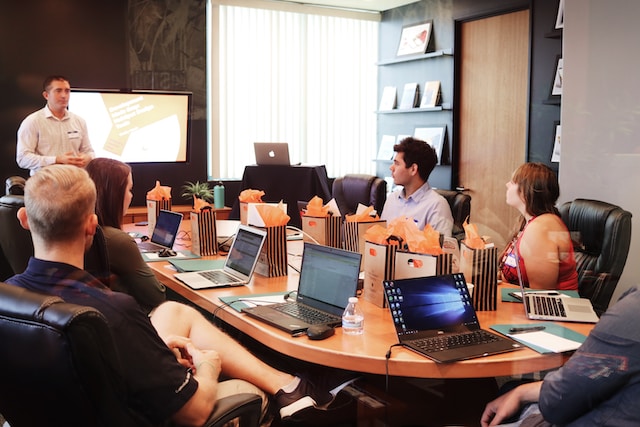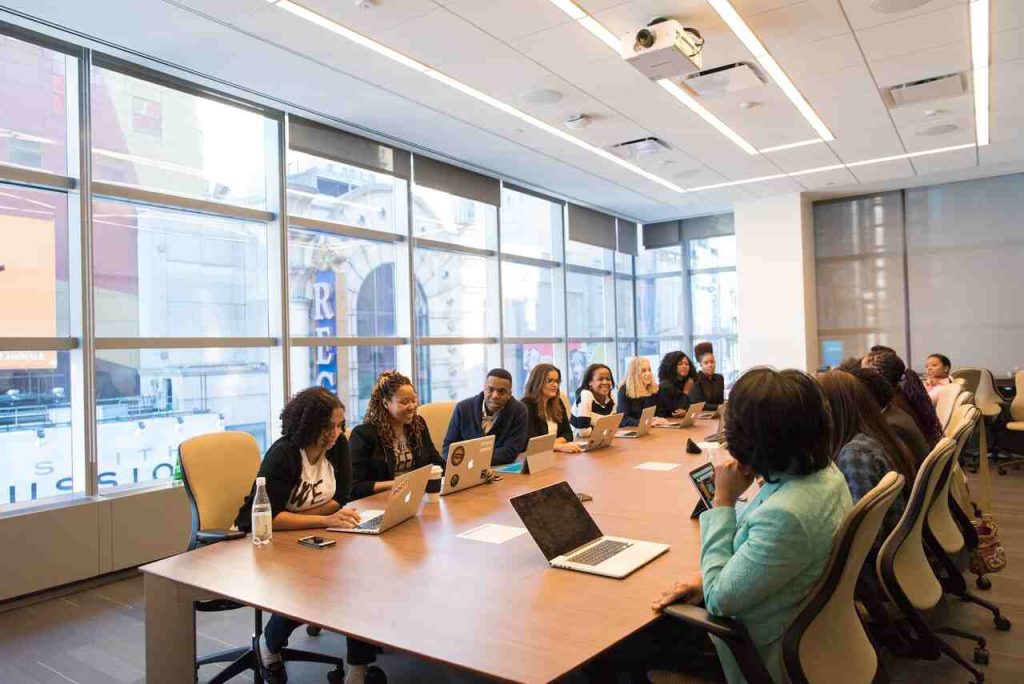Agile retrospectives are a vital component of the agile development process. They provide teams with an opportunity to reflect on their work, identify areas for improvement, and make necessary adjustments to enhance their future performance. In this comprehensive guide, we will delve into the key elements and best practices for conducting a successful agile retrospective. By following these guidelines, teams can ensure that their retrospectives are productive, engaging, and lead to actionable outcomes.
Setting the Stage: Preparing for the Retrospective
Before diving into the retrospective, it’s crucial to set the stage and create an environment conducive to open and honest communication. Start by choosing an appropriate time and place for the meeting. Consider the team’s preferences and availability to maximize participation. Additionally, ensure that the session is scheduled for an adequate duration, typically one to two hours, allowing ample time for discussion.
To engage the team and foster a collaborative atmosphere, begin the retrospective with an icebreaker activity. This can be as simple as a quick round of introductions or a fun team-building exercise. The purpose of the icebreaker is to warm up the participants, encourage interaction, and set a positive tone for the meeting.
Next, establish the retrospective’s goals and provide context. Clearly communicate the objective of the retrospective, whether it is to celebrate successes, identify bottlenecks, or address specific challenges. Share any relevant data or metrics that can help the team gain insights into their performance. By setting clear expectations, everyone will have a common understanding of what the retrospective aims to achieve.
The Retrospective Process: Collect, Analyze, and Act
The retrospective process typically follows a three-step framework: collect, analyze, and act. This structured approach ensures that the retrospective remains focused and results-oriented.
a) Collect: Begin by gathering feedback and insights from the team members. Encourage open dialogue and create a safe space where individuals feel comfortable expressing their thoughts and opinions. There are various techniques to facilitate this process, such as the “Start, Stop, Continue” method, where participants brainstorm what actions should be started, stopped, or continued in the next iteration. Utilize visual aids like sticky notes or online collaboration tools to capture ideas.
b) Analyze: Once the data is collected, it’s time to analyze and identify patterns or recurring themes. Facilitate a group discussion to explore the feedback and encourage team members to share their perspectives. Look for commonalities and areas of consensus among the team. This analysis phase provides an opportunity to delve deeper into the root causes of any issues or challenges that have emerged.
c) Act: The ultimate goal of the retrospective is to generate actionable outcomes. Based on the analysis, work with the team to prioritize the identified improvements or actions. Use techniques like dot voting or consensus-based decision-making to determine the most crucial items to address. Assign clear ownership and set measurable goals for each action item. Remember to celebrate successes and acknowledge the positive aspects that emerged from the retrospective.
Continuous Improvement: Iterating and Evolving
Agile retrospectives are not a one-time event but an iterative process. To ensure continuous improvement for an agile retrospective, it’s essential to close the process by reflecting on the retrospective itself. This meta-retrospective step allows the team to evaluate the effectiveness of the process and make adjustments as needed.
Encourage the team to share their thoughts on what worked well during the retrospective and what could be improved. Collect feedback on the retrospective format, facilitation techniques, and overall satisfaction. Incorporate this feedback into future retrospectives to enhance their impact and effectiveness.
Furthermore, it’s crucial to regularly revisit the action items identified in previous retrospectives and assess their progress. During subsequent retrospectives, discuss the outcomes of previous actions and evaluate their impact on
Facilitation Techniques: Promoting Engagement and Participation
Effective facilitation is key to ensuring active engagement and participation during the agile retrospective. Here are a few facilitation techniques that can help create a productive environment:
a) Round-Robin Sharing: Encourage every team member to share their thoughts and insights in a structured manner. Use a round-robin format where each person has an opportunity to speak without interruption. This technique ensures that everyone’s voice is heard and prevents dominant individuals from overshadowing quieter team members.
b) Visualizations: Utilize visual aids to enhance understanding and promote collaboration. Visualizations can take various forms, such as diagrams, charts, or process maps. For example, a timeline visualization can help the team track their progress over iterations and identify trends or recurring issues. Visualizations make complex information more accessible and facilitate meaningful discussions.
c) Appreciative Inquiry: Incorporate the principles of appreciative inquiry to foster a positive and forward-thinking atmosphere. This approach focuses on identifying and building upon the team’s strengths and successes. Begin the retrospective by asking team members to share positive experiences and achievements from the previous iteration. This not only boosts morale but also encourages a solutions-oriented mindset when discussing areas for improvement.

Leveraging Technology: Virtual Retrospectives and Collaboration Tools
In today’s increasingly remote and distributed work environments, conducting virtual retrospectives has become the norm. Leveraging technology and collaboration tools can enhance the effectiveness of these remote retrospectives.
Here are some tips for conducting successful virtual retrospectives:
a) Video Conferencing: Choose a reliable video conferencing platform that supports clear audio and video communication. Ensure that all team members have access to the necessary equipment and a stable internet connection. Encourage participants to use video to maintain a sense of connection and non-verbal cues during the retrospective.
b) Online Collaboration Tools: Explore online collaboration tools specifically designed for agile retrospectives. These tools offer features like virtual whiteboards, digital sticky notes, and voting mechanisms, enabling seamless remote collaboration. Platforms like Miro, Trello, or Retrium can facilitate the collection of feedback, visualizations, and collaborative decision-making.
c) Feedback Surveys: Use online survey tools to gather anonymous feedback from team members. Surveys provide an opportunity for individuals to express their thoughts more freely, particularly in larger teams or when addressing sensitive topics. Analyze the survey results alongside the discussions during the retrospective to gain comprehensive insights.
Ensuring Continuous Learning and Adaptation
Agile retrospectives are not just about making immediate improvements but also fostering a culture of continuous learning and adaptation. To ensure long-term success, consider the following practices:
a) Knowledge Sharing: Encourage team members to share their learnings and insights beyond the retrospective. Foster a culture of knowledge exchange and documentation through mechanisms such as internal wikis, knowledge repositories, or team newsletters. This enables the team to benefit from collective wisdom and avoid reinventing the wheel.
b) Regular Retrospective Cadence: Establish a consistent retrospective cadence, typically at the end of each iteration or project milestone. Regular retrospectives create a rhythm of reflection, improvement, and accountability. Stick to the scheduled retrospectives even during busy periods to maintain the iterative mindset.
c) Experimentation and Adaptation: Embrace a mindset of experimentation and continuous improvement. Encourage the team to propose and test small, incremental changes based on the retrospective outcomes. Iteratively adapt the retrospective process itself based on feedback and evolving team dynamics. Emphasize that retrospectives are not a rigid process but a flexible framework that can be tailored to suit the team’s needs.
Conducting a successful agile retrospective requires careful planning, effective facilitation, and a commitment to continuous improvement. By following the steps outlined in this comprehensive guide, teams can create a conducive environment for open communication.

